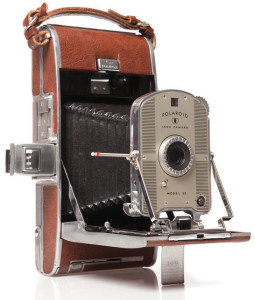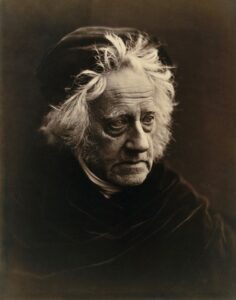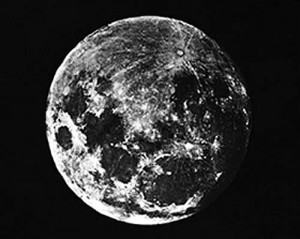Photography
Polaroid Instant Camera Goes on Sale
Just in time for the Christmas shopping season, 57 units of the first commercial instant camera, the Polaroid Land Camera Model 95, go on sale at the Jordan Marsh department store in Boston. Producing sepia toned photographs in about one minute, the Model 95 became a hit almost as quickly. Polaroid believed that 57 units would be enough last through Christmas. All 57 units and all the film available were sold on the first day. It was simple to use, portable, and the instant gratification that came from the self-developing film made the camera very popular. The name “Land” came from the camera’s inventor, Edwin H. Land, who was also the company’s founder. Nearly one million Model 95’s were produced, setting the stage for Polaroid’s flagship product line, making the company’s name synonymous with instant film and the cameras that used them. True black-and-white instant film was released in 1950, but Polaroid didn’t create color film until 1963. Polaroid produced their instant film cameras until 2008.
Photographic Film Patented
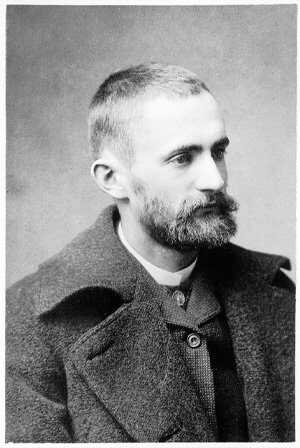
October 14, 1884
George Eastman receives a patent on his paper-strip photographic film. Prior to the invention of photographic film, photography was primarily done using “wet plates,” which was cumbersome, expensive, and not easy to transport. The invention of photographic film made photography much simpler and portable. Interestingly adoption among the professional photographers of the time was slow, likely because they didn’t see an advantage of moving from wet plates in studio work. Only when Eastman started to market his film and cameras to the general public did photographic film become popular.
Besides the invention of photographic film, Eastman was also instrumental in advancing photographic technology in the late 1800’s and making it accessible to anyone who wanted to take pictures. He would later found the Eastman Kodak company based on the success of his photographic film and camera technology. Before the days of digital photography, film was inseparable from the art and skillset of photography for nearly 130 years.
First Photograph of a Star
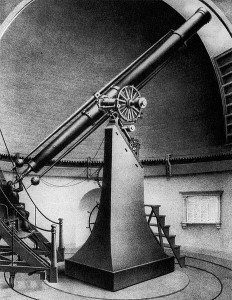
The first photograph of a star is taken at the Harvard Observatory. The star photographed was Vega in the Lyra constellation, the 2nd brightest star in the Northern Hemisphere.
Kodak Releases DC40
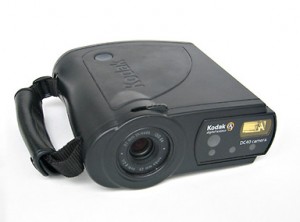
Kodak releases the DC40 camera, which is only the second digital camera for the consumer market. While introduced over a year after Apple’s QuickTake 100 camera, it was Kodak’s marketing that was largely responsible for popularizing digital photography in the mid to late 1990’s.
First Use of Word “Photography”
Almost exactly 58 years to the day that his father William discovered the planet Uranus, John Herschel presented to the Royal Society his “Note on the Art of Photography, or the application of the Chemical Rays of Light to the purposes of Pictorial Representation.” This is considered the first recorded use of the word “photography”.
John Herschel was a famous English scientist and polymath, doing work as a mathematician, astronomer, chemist, inventor, and experimental photographer. He was also the inventor of the blueprint among his many accomplishments.
First Moon Photo
Louis Daguerre takes the first known photo of the Moon. Unfortunately, his lab burns down on March 8th so the photo does not survive.

